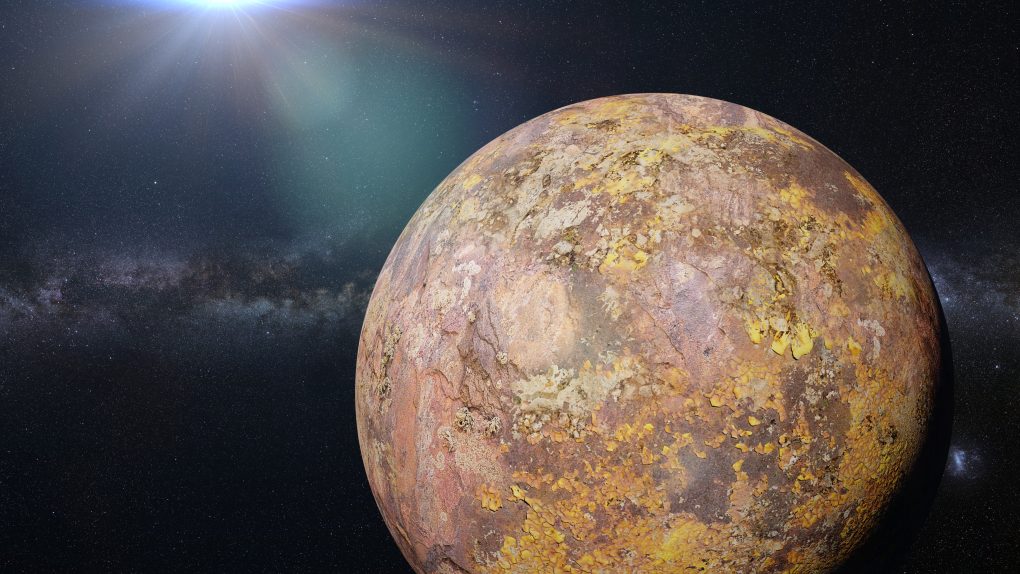8 Ursae Minoris b is an intriguing exoplanet, and it shouldn’t even exist, astronomers say. Not only is the planet situated at just half the Earth-Sun distance from its star, but its star also appears to have already moved beyond a phase that should have caused it to expand and destroy the planet. Yet somehow, 8 Ursae Minoris b continues to exist, defying all logical explanations and leaving astronomers baffled.
So how exactly has this mysterious exoplanet defied its death? Well, as Ars Technica explains, there are few possible explanations here, though none of them are very believable. That’s because astronomers who first discovered the planet say it may have avoided annihilation because its host star got distracted swallowing a white dwarf instead.
Astronomers first discovered this exoplanet that shouldn’t exist using the radial velocity method. This method watches for changes in the light from a star to try to determine if a planet is orbiting it. This tugging creates a bit of a blue shift in the light when the planet pulls the star towards Earth, and the red shift it pulled away. It’s hard to estimate exactly how big planets are, though, because they never fully pull the blue shift towards Earth.

As such, astronomers have to estimate a lot about the planet. Based on the readings they took, it seems that this exoplanet is over 1.6 times the mass of Jupiter, making it quite a big planet. It’s also very close to its star, at half the distance between the Earth and the Sun. It reportedly completes a full orbit in just 93 days. So how did this exoplanet survive the death and expansion of its star?
One possible explanation is that 8 Ursae Minoris b is so much more massive than its star — that it’s big enough to survive being enveloped by the star. However, there’s only about an eight percent chance of that being the case. The most likely explanation, they say, is that the planet started out orbiting a pair of stars, and that the current star stripped the other of its atmosphere, keeping it from eating the planet away.
It’s still unconfirmed, but if this explanation does prove truthful, it creates even more mysteries for astronomers to decipher throughout our universe. Our understanding of planetary formation is already being challenged in other ways, so this discovery could simply add to the evidence that we really have no idea what’s happening in our universe.








